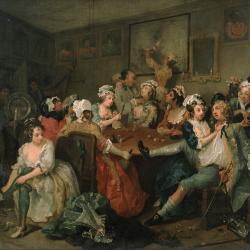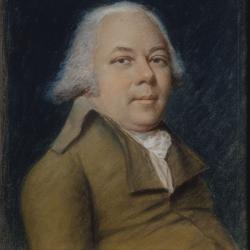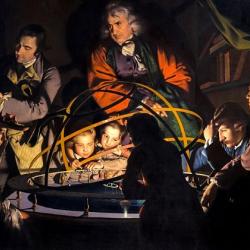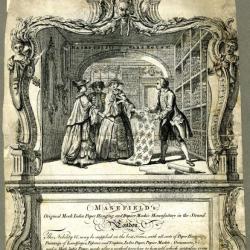
Rake
LEUNER Sara
This entry explores the rake archetype from his literary origins as a symbol of male elitism and excess, to his cultural impact on eighteenth-century collective consciousness. From his inception during the Restoration to his apparent decline towards the end of the Georgian era, the figure seems deeply intertwined with the specific hic et nunc of eighteenth-century Great Britain.

Saint Domingue
WALTON Charles
This entry discusses the various forms of public sociability in pre-revolutionary Saint Domingue and how they became increasingly racialised. Despite European ideas about the unifying tendency of sociability, divisions existed along social, racial and gender lines.

Scientific experiments
GOLINSKI Jan
In eighteenth-century Britain, scientific experiments were shown in locations as varied as coffeehouses, learned societies, and public lectures. They conveyed natural knowledge through shared aesthetic experiences; they also elicited conversation and facilitated new forms of sociability. At the beginning of the era, William Whiston and others showed demonstrations of mechanics in coffeehouses. Later, Benjamin Martin commercialized experiments with static electricity, and Joseph Priestley and his associates introduced new gases in public lectures. Experiments were both commodities supplying a kind of cultural consumption and shared experiences within the new associational forms of the public sphere.

Shopping
SCHMID Susanne
Eighteenth-century retail underwent major developments: growing numbers of shops with increasing specialization and a wider range of goods available to individuals, who were keen to buy and consume British products as well as goods from outside Europe such as textiles and china.